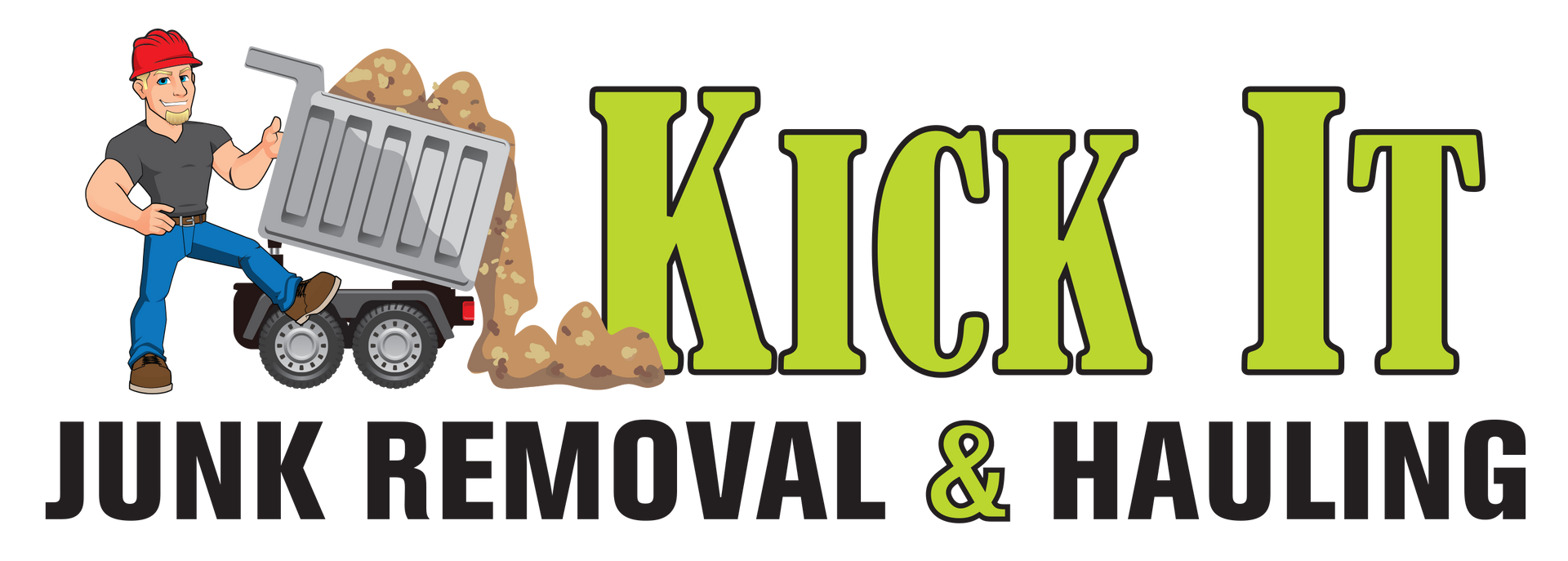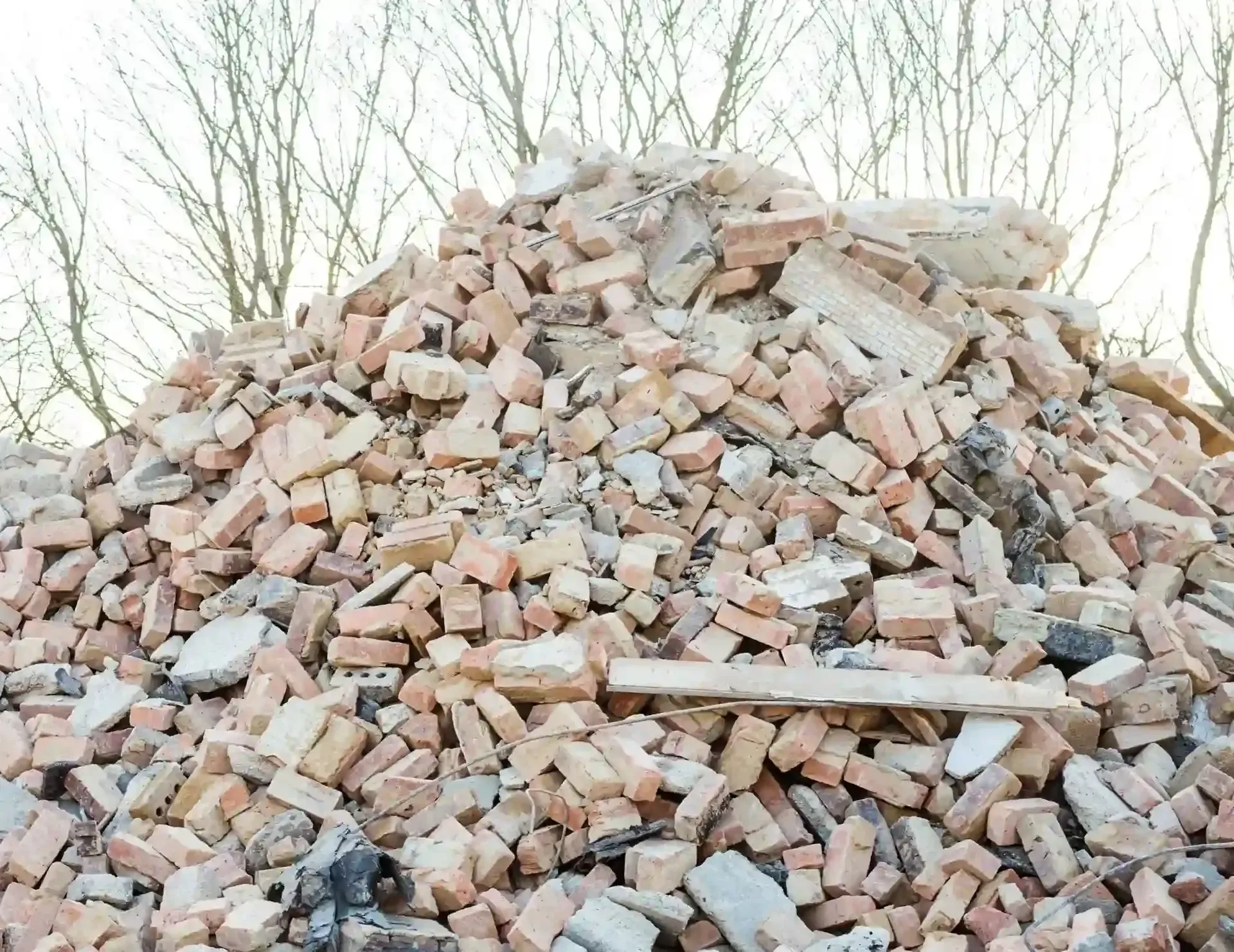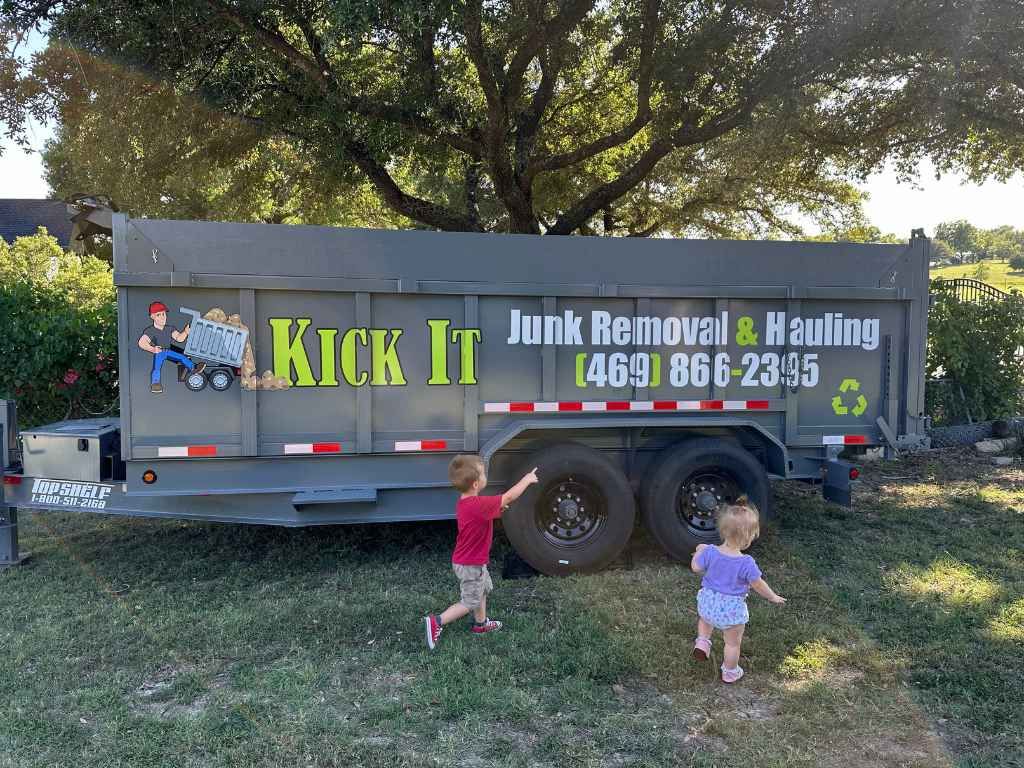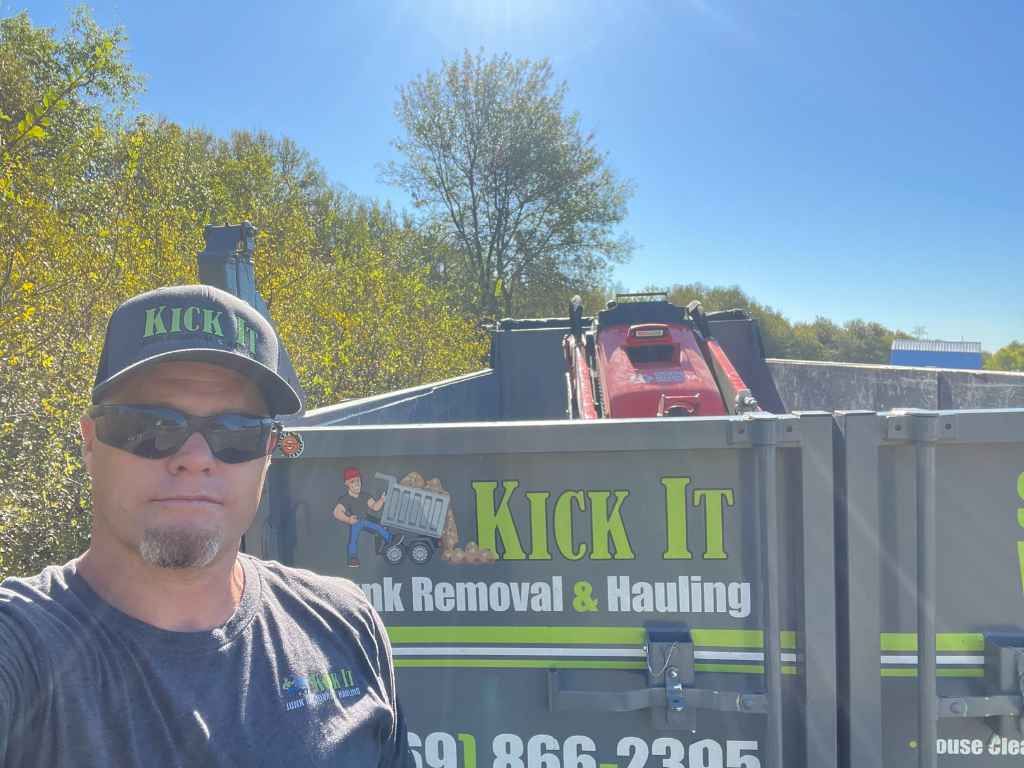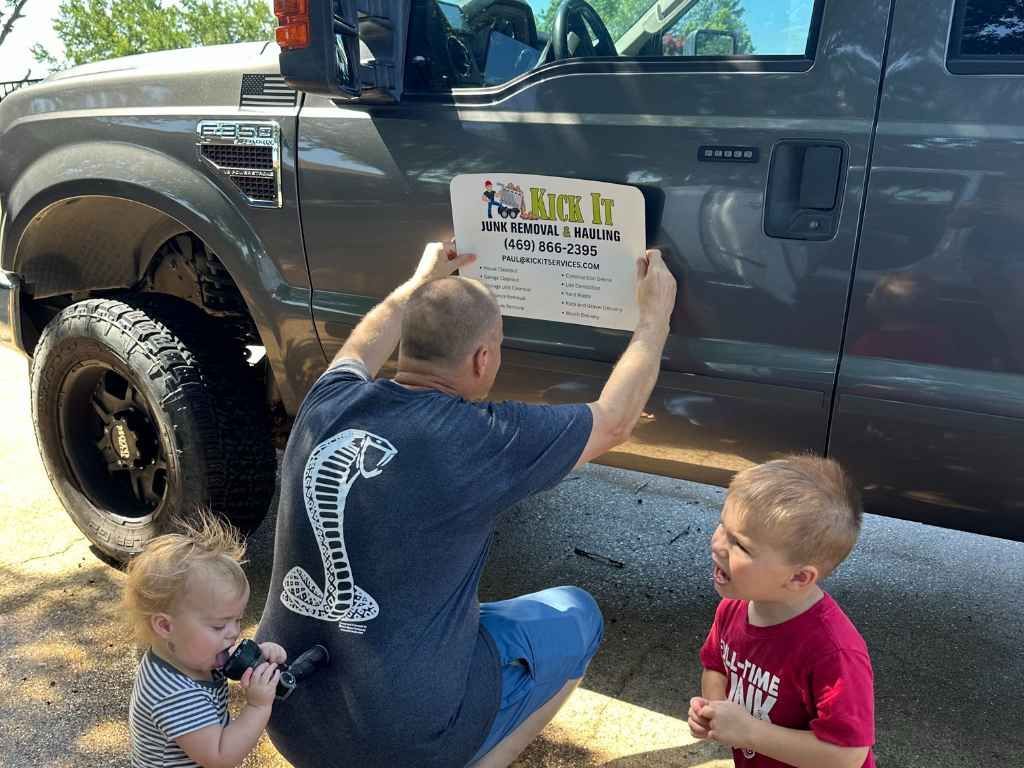Essential Tools for Shed Demolition and Cleanup
When it comes to shed demolition and cleanup, it’s not just about picking up a sledgehammer and going at it. The process requires more than just brute force—it’s about using the right tools to get the job done efficiently and safely. Whether you’re demolishing a small wooden structure or tearing down a large metal shed, the proper equipment can make all the difference in the ease and safety of the job. In this guide, we’ll walk you through the essential tools needed for shed demolition and cleanup, focusing on why each tool matters and how it contributes to a smooth, effective project.
Safety Gear: Protecting Yourself First
Before we dive into the demolition tools themselves, let's talk safety. Demolition projects can get messy, hazardous, and unpredictable, so taking precautions is crucial. At the very least, you should have the following safety gear:
- Work Gloves: Protect your hands from sharp nails, splinters, and other debris that can cause injuries.
- Safety Glasses or Goggles: Flying debris is inevitable during demolition, and eye protection is a must.
- Steel-Toed Boots: Protect your feet from heavy falling objects and sharp debris underfoot.
- Ear Protection: The noise level can get high, especially when using power tools, so invest in earplugs or earmuffs.
- Dust Masks or Respirators: A dust mask will help you avoid inhaling particles or fumes from materials like old insulation, paint, or mold.
Sledgehammer: The Classic Demolition Tool
No shed demolition project is complete without a sledgehammer. This powerful tool is perfect for breaking through walls, knocking down beams, and even splitting wooden planks. The size of the sledgehammer depends on the scale of your project—longer handles provide more leverage and are ideal for larger sheds, while shorter handles can offer more control for smaller, more detailed work.
The sledgehammer works best for those initial heavy blows. Use it to take down structural elements like studs, beams, and roof trusses. If you're dealing with a shed that has plywood or particle board, a sledgehammer is particularly effective at splitting it apart.
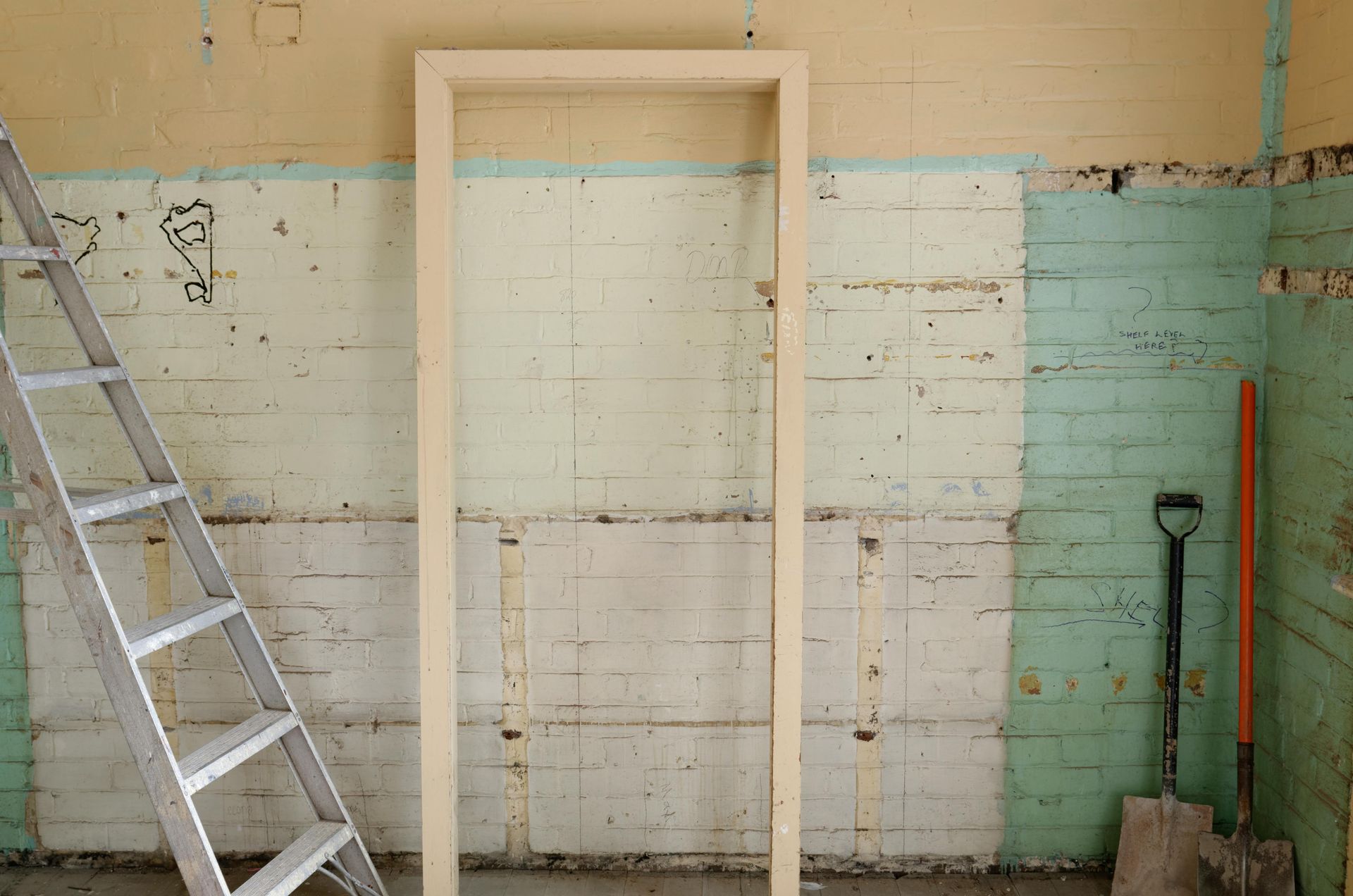
Reciprocating Saw: Cutting Through the Tough Stuff
For areas that require more precision, a reciprocating saw (also known as a Sawzall) is an invaluable tool. This saw can cut through a wide variety of materials, including wood, metal, and even nails. It's particularly useful for cutting through bolts, nails, or screws that hold the shed together, as well as for making precise cuts through framing.
When you're dealing with wooden or metal structures, a reciprocating saw allows you to dismantle the shed piece by piece, rather than smashing it all down at once. This makes it easier to break down sections that might otherwise be difficult to remove with a sledgehammer. Whether you're cutting through beams, pipes, or metal fasteners, the Sawzall’s versatility is unmatched.
Crowbar or Pry Bar: Leveraging Your Way In
A crowbar, or pry bar, is one of the handiest tools for dismantling a shed. It’s particularly useful for prying up nails, separating boards, and lifting materials that have been tightly nailed together. The crowbar works as a lever, which allows you to apply force in a more controlled and precise manner.
When you use a crowbar properly, you can save time by breaking down large sections of the shed in a manner that's less messy and more structured.
Hammer: The Demolition Companion
While it may seem basic, the humble hammer plays a significant role in shed demolition. It’s perfect for striking smaller nails or adjusting any components that require a light tap rather than a heavy blow. A hammer is great for dislodging nails that might be too stubborn for a crowbar or too small for a sledgehammer.
Having a hammer on hand helps when you’re cleaning up and removing any nails or small fixtures that need to be pulled out of the wood. It’s also essential when dealing with some of the final touches of the demolition process, such as taking apart small components, like door hinges.
Circular Saw: For Precise Cuts
When you need to make straight cuts quickly and efficiently, a circular saw is the tool you turn to. This saw allows you to cut through thick wooden boards, beams, and plywood quickly, and with greater precision than a reciprocating saw. It’s ideal for larger demolition jobs, where you need to break down big sections of the shed into smaller, more manageable pieces.
Circular saws are also great for cutting through roof beams or flooring, which are some of the toughest materials to dismantle. For any long, straight cuts that need to be made, the circular saw is your go-to power tool.
Ladder or Step Stool: Reaching High Places
Many sheds are built with roofs that may require some extra height to demolish properly. A ladder or step stool becomes essential when you need to reach those higher areas to remove roofing, gutters, or overhanging beams.
It’s important to make sure your ladder is stable and on level ground before you start climbing. As you’re working, be mindful of the weight distribution and safety, as working at height can introduce risks.
Wrecking Bar: Breaking Down Big Pieces
The wrecking bar is similar to a crowbar but with a longer, thicker shaft, making it ideal for larger demolition tasks. This tool is great for breaking down walls and larger sections of the structure that are nailed or bolted together. The extra leverage provided by the longer shaft allows you to apply more force to stubborn or tightly secured components.
Use the wrecking bar when the crowbar or sledgehammer just isn’t cutting it. It’s excellent for breaking through stubborn sections of the shed’s structure.
Wheelbarrow: Hauling Away Debris
Once the shed is down, the work isn’t over. You’ll need a reliable way to transport all the debris and materials that were once part of the structure. A wheelbarrow is a simple yet essential tool for hauling away debris from the demolition site.
Choose a sturdy wheelbarrow with large wheels that can handle heavy loads and navigate over rough terrain. It will be your best friend as you move piles of wood, metal, nails, and other materials to the disposal area or recycling center.
Dumpsters or Trash Bags: Disposal Options
When it comes to cleaning up after a shed demolition, you’ll need some way to dispose of all the leftover materials. Depending on the size of the shed, this could mean renting a large dumpster or using trash bags to collect smaller amounts of debris.
Make sure you choose the right dumpster size for the job. If you're dealing with a large shed, you'll need a 10- or 20-yard dumpster, but smaller demolition jobs may only require a 5-yard dumpster or a few heavy-duty trash bags.
Shovel and Rake: Finishing Touches
After the main structure is down and debris is cleared, there will still be the small cleanup left to tackle. A shovel and rake will help with picking up debris, dirt, and any smaller pieces of material that need to be disposed of.
The rake is particularly useful for collecting smaller bits of broken wood or nails that have fallen into the ground, while the shovel is essential for gathering larger piles of dirt, dust, and debris.
Pressure Washer: Getting the Site Clean
Once all the debris is cleared, you’ll want to ensure the site is free of dust, grime, and any leftover stains from the shed’s demolition. A pressure washer is an excellent tool for cleaning up concrete, bricks, and other surfaces that may have accumulated dirt or debris over the years.
By power-washing the site, you can restore the area and prepare it for the next phase of your project, whether that’s building a new shed or transforming the space for another use.
Key Tools for Effective Shed Demolition and Cleanup
Demolishing and cleaning up a shed requires more than just physical strength; it requires the right tools to ensure safety and efficiency. Tools such as sledgehammers, reciprocating saws, and crowbars are indispensable for breaking down walls, beams, and nails. Using the right equipment allows you to perform the task quickly while minimizing the risk of injury, as well as reducing the amount of mess left behind.
The Essential Equipment for Shed Demolition and Cleanup
Shed demolition can be a challenging task, but the right tools can make all the difference. Basic tools such as hammers and crowbars help you remove nails and disassemble the structure. For larger projects, power tools like reciprocating saws and circular saws allow for precision cuts through wood and metal, making the entire process faster and more efficient. Each tool is designed to help you approach the job systematically.
Cleanup is an equally important phase in shed demolition, and tools like wheelbarrows and dumpsters make it much easier to remove debris. Once the area is cleared, a pressure washer can give your space a spotless finish. Whether you're taking down a small shed or a larger structure, having the right tools will ensure that the job is done safely and effectively, leaving your space clean and ready for whatever comes next.
Conclusion
Demolishing a shed and cleaning up afterward can be an overwhelming task, but with the right tools, the job becomes much more manageable. Whether it’s using a sledgehammer to take down walls or a wheelbarrow to haul away debris, each tool plays a vital role in ensuring the demolition process is as smooth as possible.
For the residents of Forney and the surrounding areas, Kick It Junk Removal & Hauling can take care of the entire shed demolition and cleanup process. From bringing the right equipment to handling disposal and hauling, they ensure a hassle-free experience for your project.
